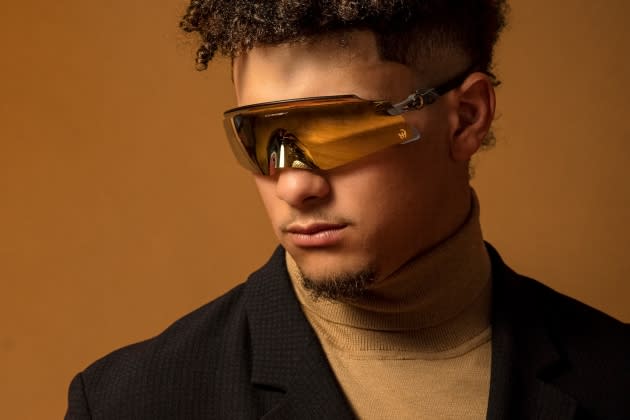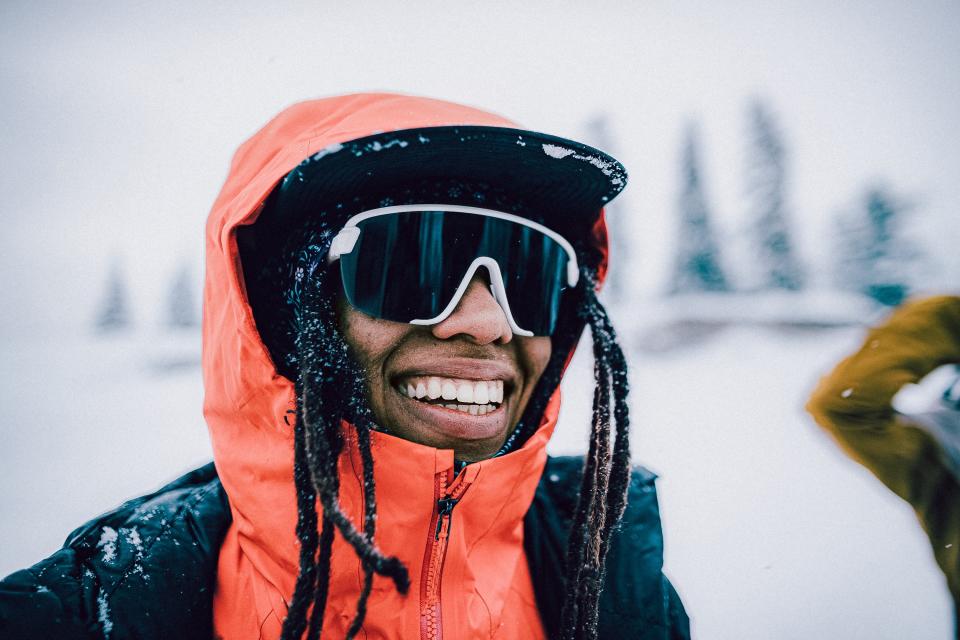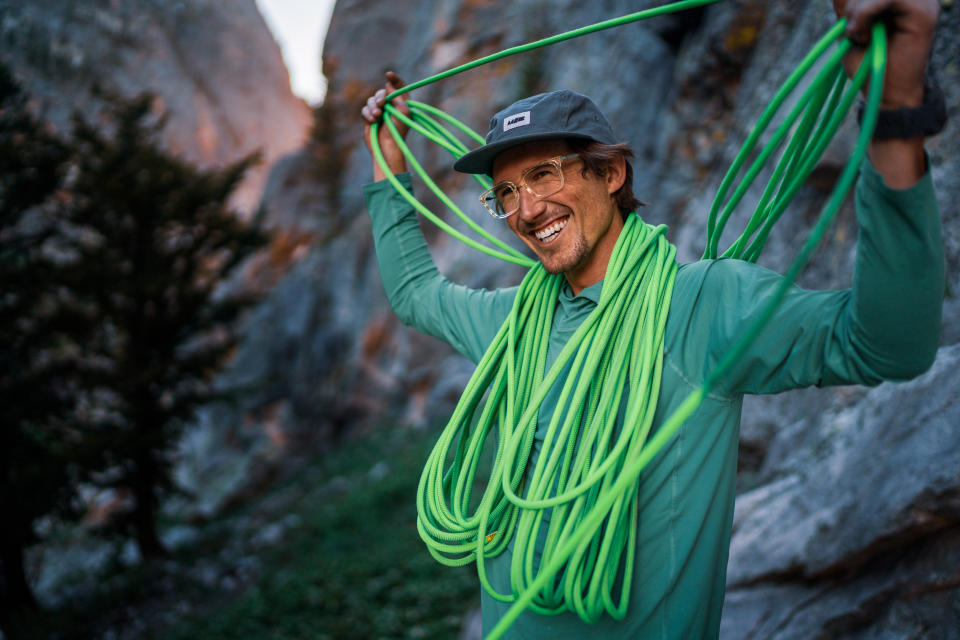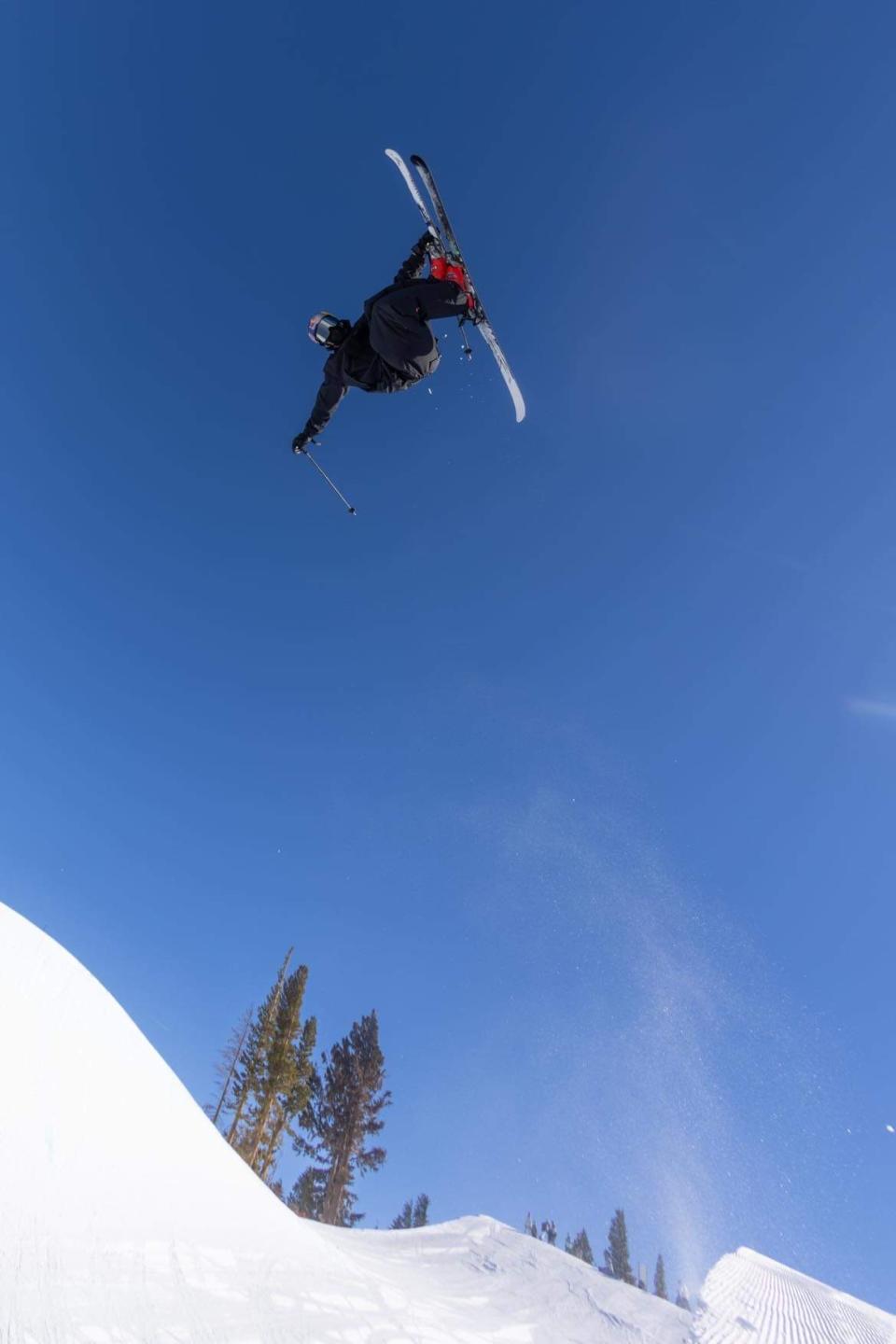Sport Eyewear Brands Straddle Performance and Lifestyle

It’s no secret that being outdoors got a big bump in popularity during the pandemic. Everything from walking and hiking to playing golf, cycling, skiing and running all found new fans as pandemic-weary consumers escaped their homes for some sunshine and fresh air. And the sport performance eyewear industry reaped the benefits.
The leaders embraced their newfound popularity, offering up sport-specific styles, upping the ante on their technology features and advancing their fashion quotient — strategies that are continuing to evolve today with the introduction of more lightweight frames, wraparound styles and hybrid models.
More from WWD
Oakley, the California-based division of Luxottica, offers a multitude of options for everything from mountain biking and snowboarding to baseball, basketball, golf, surf and skate. The company also has styles targeted to gamers whose idea of sport is found on a computer screen instead of on a mountain range.
Bruno Garcia, the brand’s newly named vice president of marketing, said that among the most-popular models today is the Kato, a wraparound style that conforms to the contours of the face, is frameless and features a tilt function. The glasses offer a “mask-like fit that allows minimal intrusion to the line of sight” and multiple nose pads help create a customized fit.
Oakley has also applied its proprietary Prizm Lens Technology to a number of models. The technology, he explained, is “engineered to enhance visual contrast” and allows athletes to see details more clearly, thereby enhancing performance. “Whether on the mountain, road, water, field or course, Prizm lenses allow athletes and consumers to see details earlier, faster and deeper, resulting in an enhanced experience,” the brand touts.
For the future, Garcia said consumers today are seeking products that are light but still perform at a high level such as the Re:Subzero, an updated version of a sunglass first introduced in 1992 that now weighs less than an ounce. This model is targeted to the everyday athlete, the company said, and is intended to “bridge the gap between sport and lifestyle frames.”
Earlier this month, Oakley offered up a number of new models including the Admission, a style targeted to gamers with a low bridge fit and a special version of the Prizm technology.
Other updates include the Holbrook, a frame now available in lightweight titanium, and new youth models for boys and girls designed for smaller faces.
In addition, Oakley has had success with its athlete-specific collections such as the one with NFL star Patrick Mahomes. The third iteration of his signature collection recently dropped and includes wraparounds and youth-specific styles.

Smith, which was founded by a snow-loving dentist in Sun Valley, Idaho, in 1965, has expanded beyond snow goggles to a number of different activities including cycling, hiking, running, fishing and endurance sports. Taryn Ryan, head of global marketing, cited the brand’s long history and its founding by someone “passionate about the outdoors” as key to its DNA.
Unlike other sports performance brands, Smith opts for a “clean, stylish and modern aesthetic,” which is its differentiator, she said. Among its most important sports options are the Embark Glacier Glass, which was created for mountaineering and skiing but has been embraced by anglers and watersports enthusiasts with its flexible and removable side shields. The Bobcat is the brand’s shield-style model with a flexible frame and temples that appeals to many sport disciplines. The Resolve is a crossover style with a wraparound fit and rimless design targeted to triathlons and team sports, and the Spinner is a full shield sunglass designed for water sports.
In many of its models, Smith offers the ChromaPop, a proprietary technology that allows the eye to identify true colors, she explained, allowing for more definition and clarity.
In addition, more than half of Smith’s frames are created from sustainable materials such as the Evolve bio-based frame that is made using recycled plastic. Ryan said that while this is not tied to performance, it speaks to the desire of today’s consumers to do their part for the environment.
Going forward, she said the company will move to offer products that blend fashion and sport without foregoing its heritage in sports. As such, the company will add two additional sport styles, the Pursuit and XC, later this year that will have cross-over appeal.

Although Roka got its start creating wetsuits for triathletes, its fastest-growing category has been eyewear. Rob Canales, cofounder, said the company started out creating a sport aviator for a triathlete ambassador in 2015 and has since expanded its offering to both sunglasses and prescription eyewear. “We’ve been able to grow during the pandemic as the challenger brand in the market. We’re the independent brand in a market dominated by the big Italian conglomerates.”
That success also led the company to open an optical center in its hometown of Austin, Texas, to “bring our performance technology to eyeglasses,” he said. “That part of the market is 10 times bigger than the sunglasses market.”
The company is almost exclusively direct-to-consumer and is the global eyewear and sunglasses partner of Ironman. Its top-selling models include the Barton, a lightweight frame in a rectangular shape, as well as the aviators. “We sit between the classic Oakley shields and the more-fashion brands,” Canales said. “You can wear them for a run and then transition to work so you can wear them all day and not have to change.”
Next up, he said, Roka will be “doing a major upgrade” of its optical styles, adding spring hinges, while also offering more models for different face shapes and styles.
The San Diego-based 100% is another independent sports brand that seeks to benefit athletes through innovative performance technologies. The brand, whose roots are in motocross, launched its first sport sunglass in 2016 with pro cyclist Peter Sagan, the Speedcraft, which featured high-impact, lightweight frames, cylindrical, scratch-proof shield lenses and adjustable temple tips.
That model continues to be among the brand’s best-sellers, along with styles from the Hypercraft family, which feature a rimless shield, an UltraCarbon frame and are lightweight. Among its proprietary products are the Hiper Lens, a high-definition technology that increases contrast, amps up color and enhances detail; TR90 frames created from carbon fiber woven into nylon, and it uses a hydrophobic and oleophobic treatment which repels water, oil and dirt and prevents smudging.
Gwen van Lingen, vice president of global marketing, said 100% works with eyewear designer Jacques Marie Mage who has a history in fashion sunglasses as well as the action sports world to create “unique products that look good and perform even better.”

This fall, 100% will launch a snow collection. And in 2023, she added, further advancement in UltraCarbon technology will be introduced along with a Hypercraft Square sport performance shield, Legere Coil and Legere Trap, both dual lens styles.
The company also works with a roster of athletes including snowboarder Zoi Sadowski-Synnott; marathoner Molly Seidel; cross-country mountain biker Jolanda Neff; skier Lo?c Bruni; triathlete Gustav Iden; biathlete Johannes Thingnes Boe, and Atlanta Braves player Ronald Acu?a Jr.
“Our ambassadors are a critical part of not only our product improvement plan and development progression, but also a critical part of our brand anatomy,” she said.